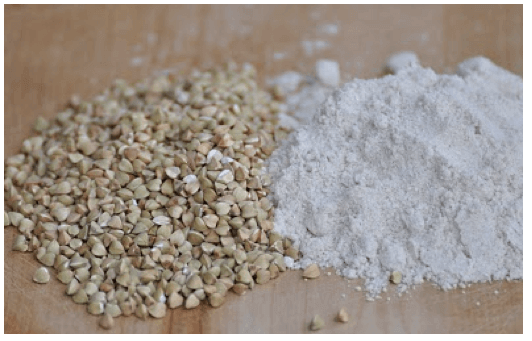Mushroom diseases, bacterial and physiological cruciferous vegetables
Gray mold
The main storage disease of cabbage, broccoli, cauliflower. Symptoms appear on the outer leaves in the form of a gray dusty layer of mycelium, and then the leaves rot. The optimal conditions for the development of the disease are the temperature of 2oC with high air humidity, approx 95% and poor air circulation. Prophylactically, you should avoid mechanical damage and ensure good air circulation. You should also cool the vegetables after harvesting and maintain the temperature of 0oC throughout the storage period.
Wet rot of brassica
This disease causes the lower leaves or heads of cabbage to fall off the head, then there is a gradual rotting of the noodle at the base of the heads. In extreme cases, whole lots of stored cabbage can rot, it is accompanied by an unpleasant smell. The site of infection is usually mechanical damage to the plant, caused by pests, hail or various diseases. The optimal conditions for the development of wet rot are in high air humidity and temperatures above 25 ° C. However, the slow-motion disease process can also take place in storage facilities, at temperatures below 10 ° C. Temperature below 4oC significantly inhibits the development of the disease. Internal browning of the leaves of head cabbage
The disease occurs due to insufficient calcium displacement to the young inner leaves. The tissues along the edge of the leaf die and the leaves change color from light brown to black and dry. Symptoms are only visible after the head of the cabbage has been cut through.
Head cabbage necrotic leaf spot
Symptoms are black spots on the outer and inner leaves. Symptoms occur during high nitrogen fertilization or low potassium content. Temperature is favored during storage (-1C).
Browning of the nerves of Chinese cabbage leaves
At low storage temperatures, physiological changes in the leaf veins occur. Cross-sectional symptoms are usually hollow nerves with a brown sheath.
Necrotic spot on the veins of Chinese cabbage leaves
Common symptoms are gray or brown spots, round, slightly elongated, irregularly scattered. Most often they are found at the base of the leaf. They vary in intensity depending on the storage temperature.






